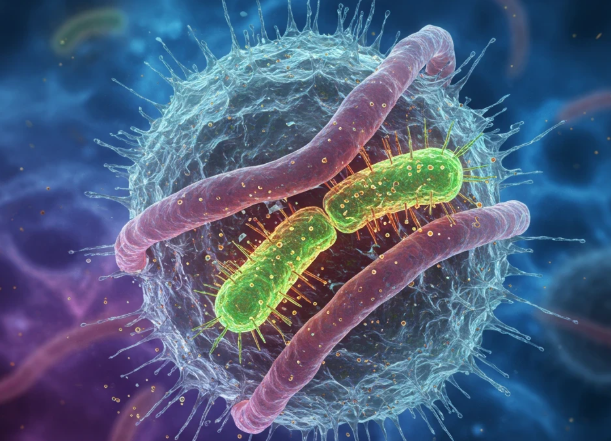Chikungunya Virus in China: What You Need to Know Now
Explore how the Chikungunya virus is emerging in China, its symptoms, risks, and the steps being taken to control its spread in affected regions.
Chikungunya Virus in China: A Growing Health Concern
In recent years, health authorities have increasingly turned their attention toward the spread of mosquito-borne diseases, and the Chikungunya virus is now entering the spotlight in China. Traditionally confined to tropical and subtropical regions, this viral threat has made its presence known in several new zones, prompting concern and surveillance efforts across the country.
What Is the Chikungunya Virus?The Chikungunya virus is transmitted primarily through the bites of infected Aedes mosquitoes, the same vectors responsible for dengue and Zika viruses. Though not typically fatal, it causes severe discomfort, often characterized by sudden fever, joint pain, muscle aches, rash, and fatigue.
While the virus rarely leads to long-term complications, the joint pain can be intense and persist for weeks or even months in some individuals, especially those with underlying conditions.
Emergence in China: Current SituationAlthough China has not historically been a hotspot for Chikungunya, recent climate shifts, increased travel, and urbanization have created favorable conditions for the Aedes mosquito population to expand into new areas. Imported cases from travelers and neighboring regions have contributed to localized outbreaks.
Southern provinces, due to their warmer climate and higher humidity, are more susceptible to mosquito activity, increasing the likelihood of viral introduction and short-term transmission cycles. Public health agencies have intensified monitoring and mosquito control measures to prevent larger-scale spread.
Symptoms to Watch ForChikungunya infection typically manifests 3–7 days after a mosquito bite. Key symptoms include:
Sudden high fever
Debilitating joint pain
Muscle stiffness
Skin rashes
Headache and nausea
Eye inflammation in some cases
Because these symptoms overlap with other viral illnesses, proper diagnosis through laboratory testing is essential.
Risk of Spread and Containment MeasuresThe spread of Chikungunya in China remains limited, but health officials are alert due to several factors that could accelerate transmission:
High mobility between rural and urban regions
Climate conditions supporting mosquito breeding
Delays in symptom recognition and diagnosis
To combat the spread, health campaigns focus on eliminating stagnant water sources, enhancing community awareness, and strengthening hospital preparedness in vulnerable areas. Local health bureaus have also increased surveillance at airports and train stations to monitor possible imported cases.
Prevention Tips for Residents and TravelersReducing exposure to mosquito bites is the most effective way to prevent infection. Recommended measures include:
Using insect repellent regularly
Wearing long-sleeved clothing outdoors
Sleeping under mosquito nets in risk zones
Keeping windows and doors closed or screened
Avoiding areas with visible mosquito infestations
Public cooperation remains a critical component of disease prevention, especially in areas undergoing seasonal mosquito population surges.
The Road AheadAs health authorities continue to investigate and contain isolated cases of Chikungunya in China, the situation serves as a timely reminder of how global travel, urban development, and environmental change can influence disease patterns. While the current risk remains manageable, vigilance is essential to avoid a broader public health impact.
Ongoing research, real-time data sharing, and community education are vital tools to keep the virus in check. For individuals, staying informed and taking preventive action are key to remaining safe.
Chikungunya Virus in China: What You Need to Know Now
